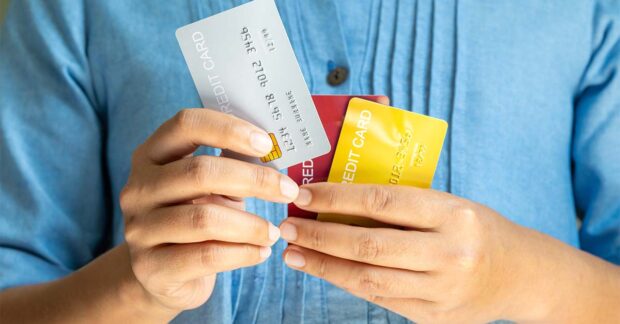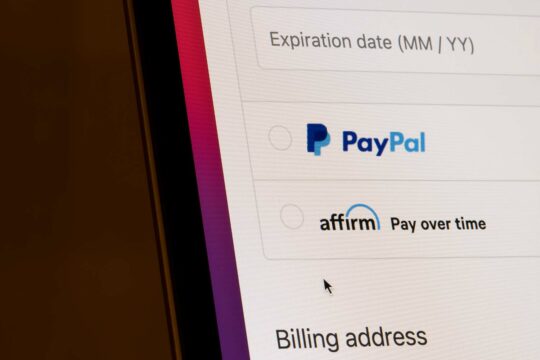Buy Now, Pay Later (BNPL) surged in popularity during the pandemic as shoppers sought flexible ways to pay off purchases over time. Now, that borrowing behavior is about to show up on your credit report.
FICO announced last Monday that it will begin factoring BNPL activity into its credit scoring models – a significant shift that could impact millions of Americans who rely on these short-term installment loans.
“Buy Now, Pay Later loans are playing an increasingly important role in consumers’ financial lives,” said Julie May, vice president and general manager of B2B Scores at FICO. “We’re enabling lenders to more accurately evaluate credit readiness, especially for consumers whose first credit experience is through BNPL products.”
FICO hasn’t confirmed an exact launch date but says the new scores will roll out in fall 2025.
How lenders will start seeing your BNPL activity
BNPL loans, popularized by companies such as Affirm, Afterpay, and Klarna, allow consumers to split purchases into equal payments, often without interest.
These loans are typically repaid over a few weeks or months and have historically not been included in credit reports because most providers didn’t report repayment data to the major credit bureaus.
That’s beginning to change.
Equifax and TransUnion have both developed BNPL-specific reporting frameworks in the past two years, and some BNPL lenders have started voluntarily sharing repayment data.
FICO says its new models use updated logic to group BNPL accounts together, reducing the risk of unfairly penalizing consumers who open multiple short-term loans at once. In a joint study with Affirm, the company found that including BNPL data improved credit risk accuracy and even helped boost scores for some consumers with limited credit histories.
What this means for consumers and lenders
The change could significantly impact how lenders assess risk, particularly for applicants with limited or non-traditional credit histories. BNPL usage has surged since the pandemic, with some surveys suggesting nearly half of U.S. consumers have used a BNPL service at least once. Until now, most of those transactions have not been visible to lenders.
It remains to be seen how widely the new scores will be adopted. FICO says the BNPL-inclusive models will be offered alongside its traditional FICO 10 scores at no additional cost to lenders. But since BNPL data reporting remains inconsistent across providers and bureaus, not every consumer will be affected equally.
Gen Z may feel the impact the most.
In May, Debt.com reported that younger adults are turning away from traditional credit cards and embracing BNPL as their preferred way to borrow. A Cash App Afterpay survey of over 5,000 adults found that people 28 and younger associate credit cards with “hidden fees, high interest rates, and financial stress.”
“BNPL reflects a broader shift in how Gen Z thinks about financial wellness,” Lindsay Bryan-Podvin, Cash App Afterpay’s financial therapist, told Debt.com. “This generation prioritizes autonomy, transparency, and simplicity in every aspect of their lives, including how they spend. BNPL aligns with that mindset by offering structure and flexibility without the emotional baggage many associate with credit cards.”
However, now that BNPL loans will begin to impact credit scores, that mindset may shift – especially for users who miss payments and start to see long-term consequences.
A double-edged convenience
Debt.com Chairman Howard Dvorkin, CPA, has long warned that the ease of BNPL could become a trap, rather than a tool.
“Credit card debt is such a problem in this country that it’s so easy to swipe your card. Heck, you don’t even need it with you to shop online,” said Howard Dvorkin, chairman of Debt.com. “I fear BNPL will do the same thing. The convenience will hurt many more people than it will help.”
He points to how quickly new borrowing habits can lead to deeper financial trouble.
“Every new idea that makes it easier to borrow money drives millions of Americans deeper into debt,” Dvorkin said. “I’ve spent three decades helping people get out of it. This is just a newer form of the same trap.”
As credit scoring evolves to catch up with modern borrowing, Dvorkin says the real solution remains as simple — and as difficult — as ever.
“I’m pretty old school,” he said. “If you can’t afford it, don’t buy it.”











